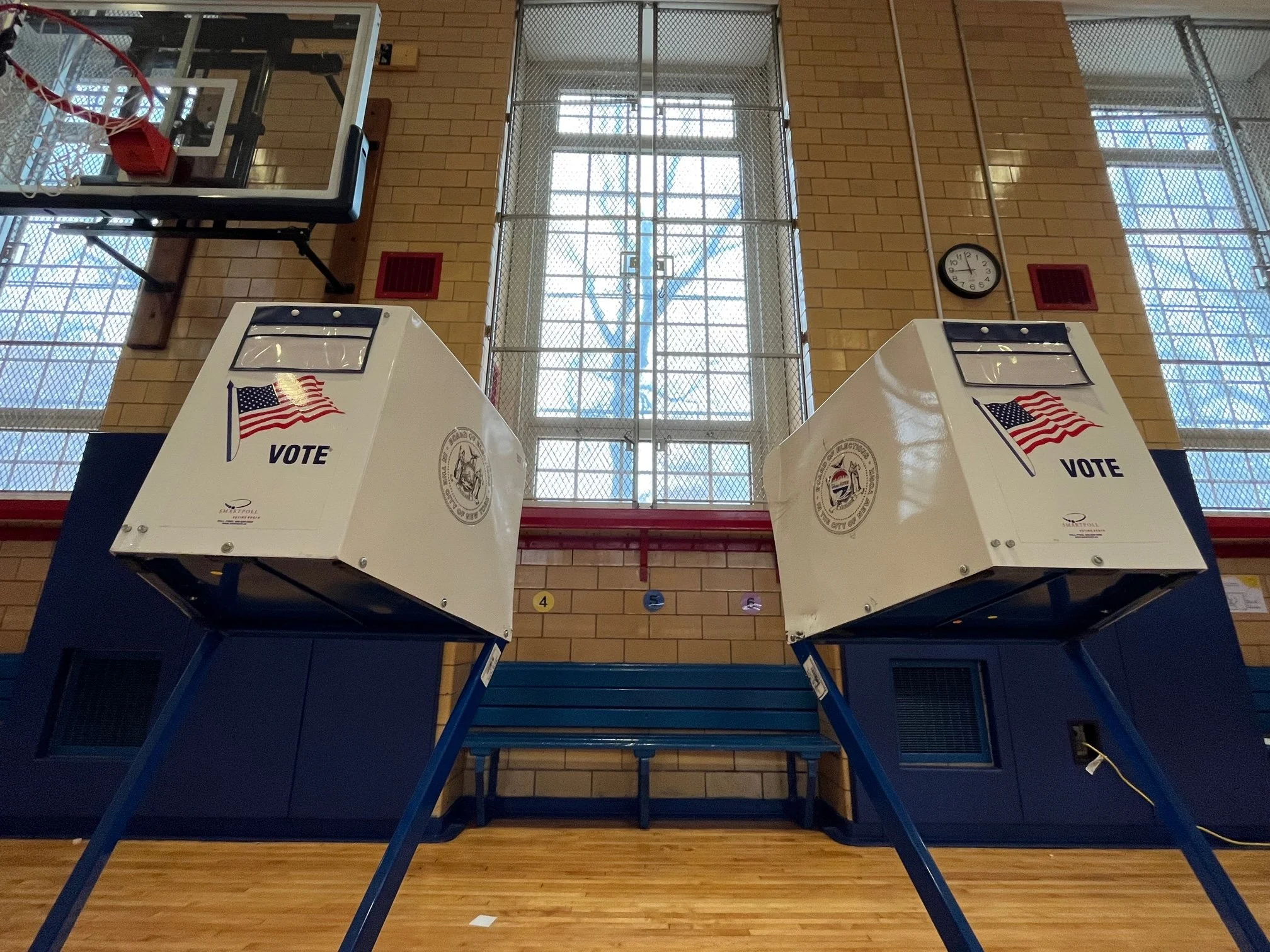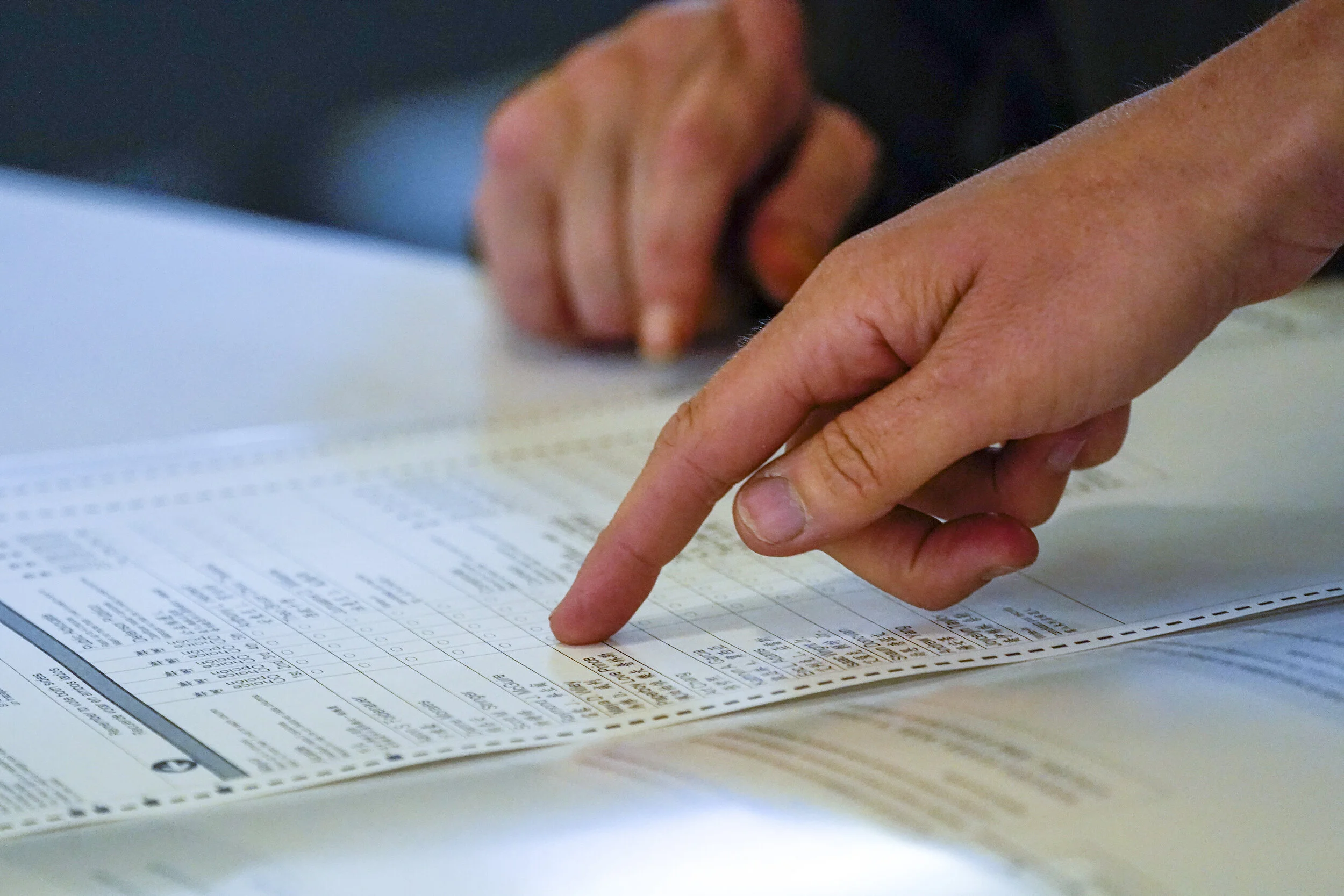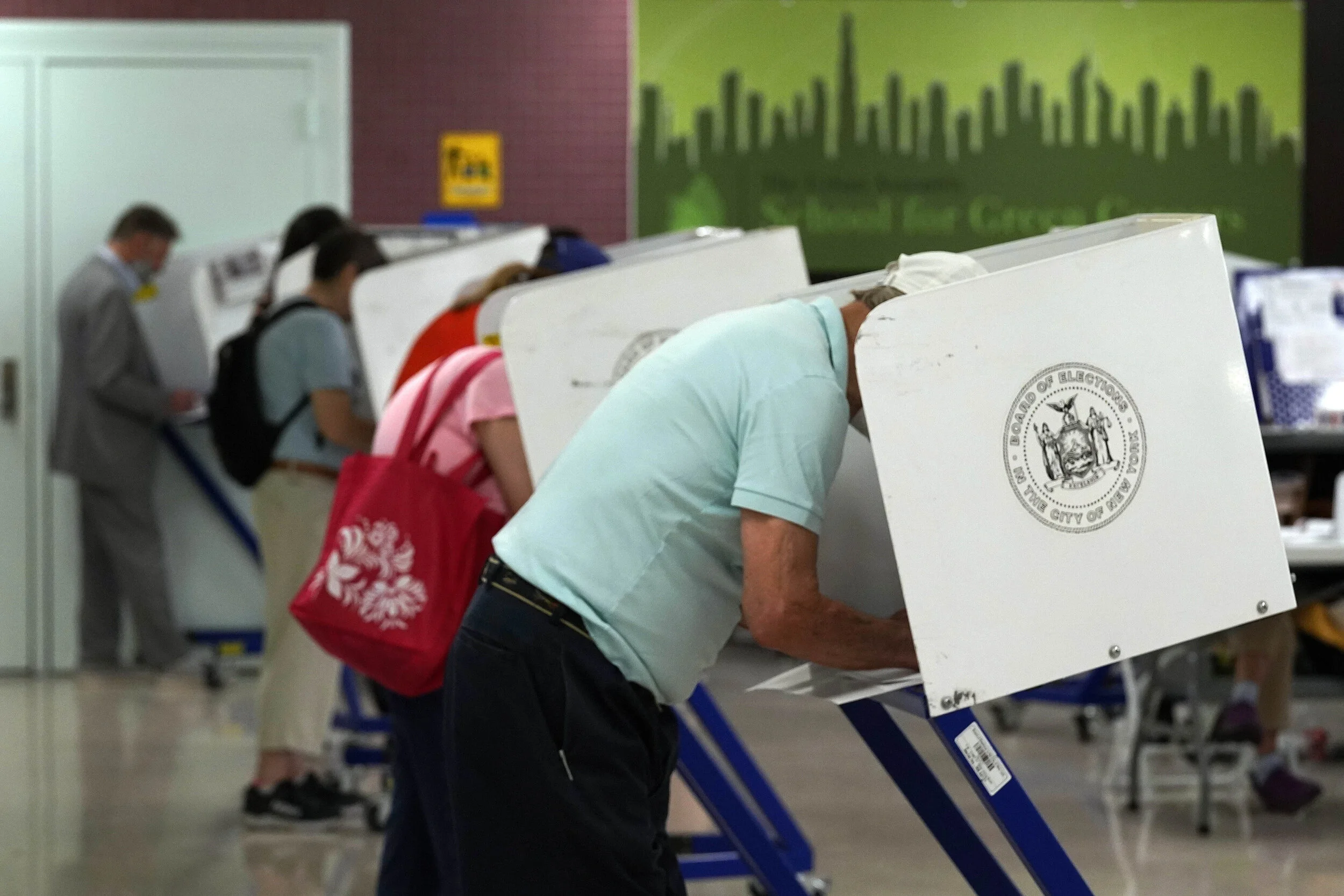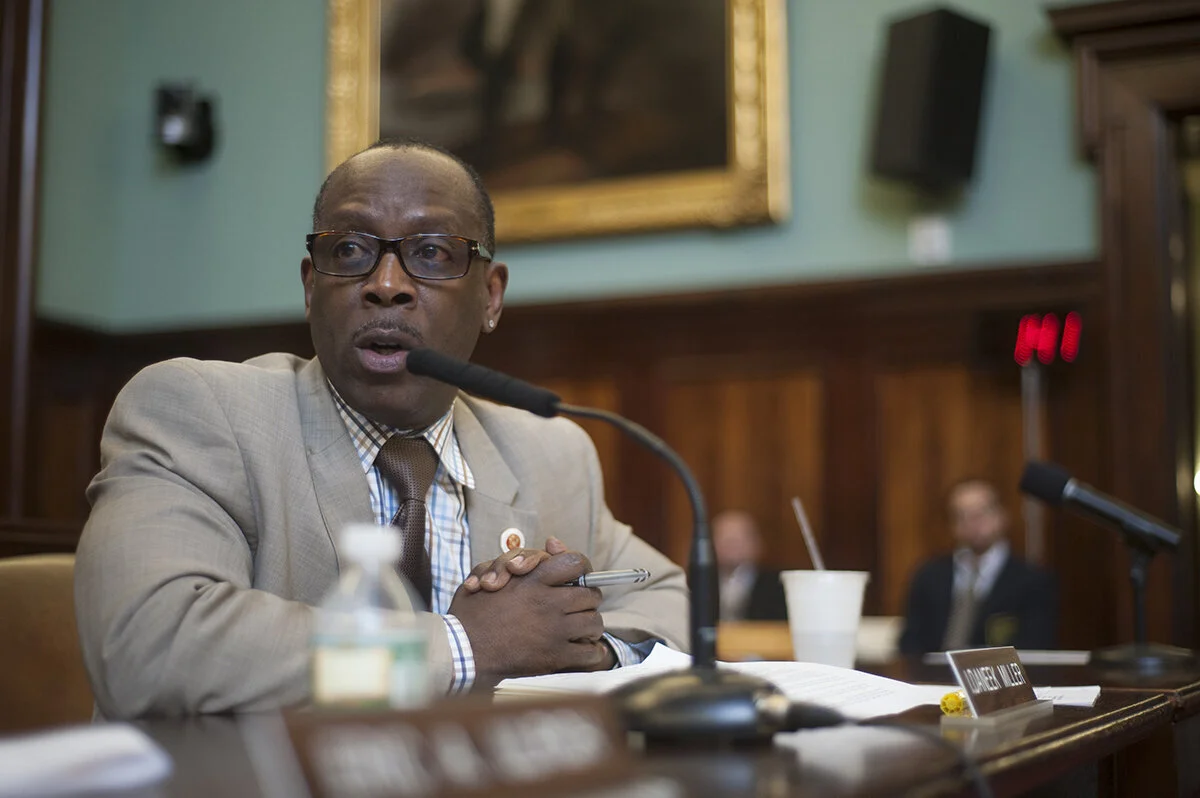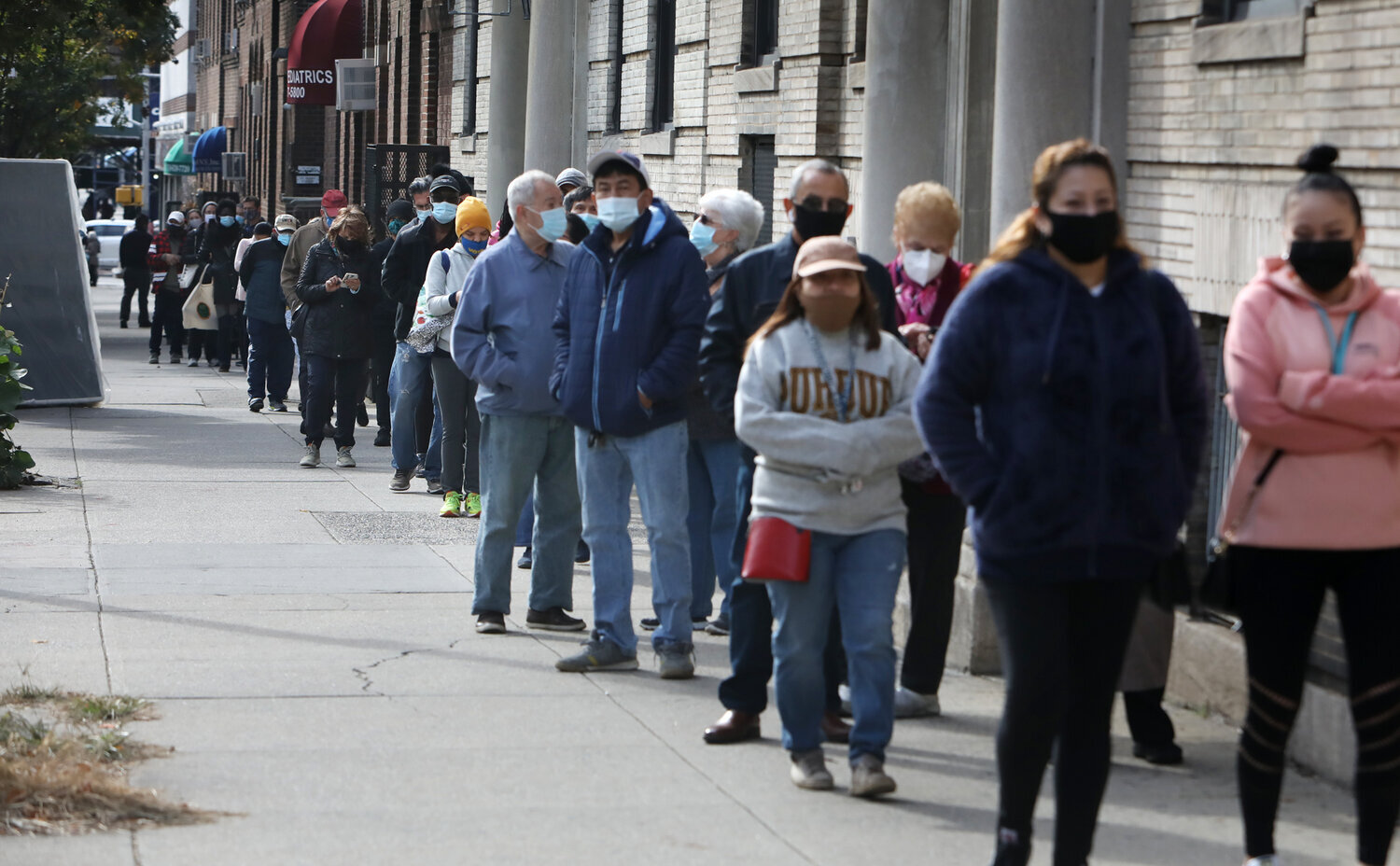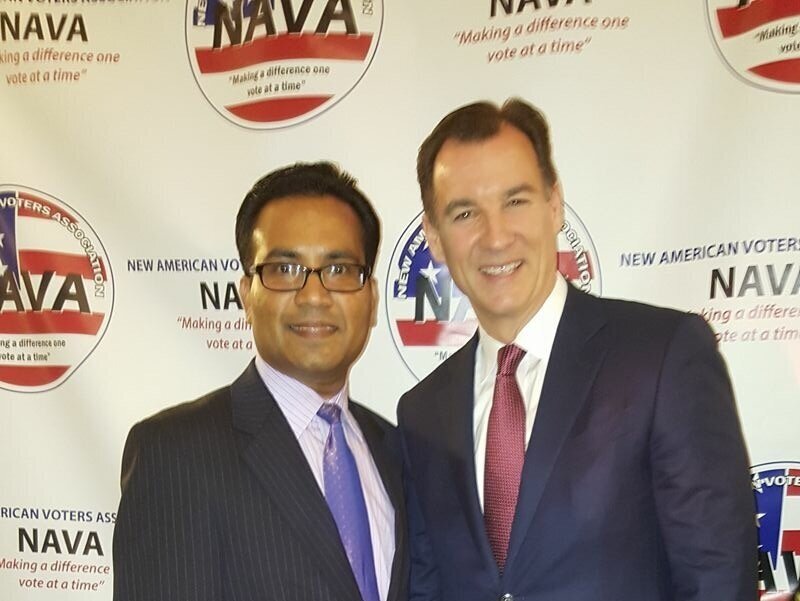By Jacob Kaye
Ranked-choice voting kicks off in earnest this weekend as the early voting period for the June primary election begins on Saturday.
The new system, which allows for voters to rank their top five choices in order of preference, has already been used several times this year – including in two special elections in Queens – but this weekend will mark the first time RCV is used citywide.
If you’re still a little stumped on how it works, why we have it in the first place, what it means for voters and why Mayor Bill de Blasio is talking about his favorite pizza toppings, fear not and keep reading.
How it works
RCV gives voters the option to rank their top five choices for office in order of preference. Not every race will have RCV though – this election cycle, the races using RCV are City Council, borough president, comptroller, mayor and public advocate.
While not required, voters are highly encouraged to fill out all five slots. The more candidates you rank, the longer your ballot will stay in the count. However, if you choose not to engage with the ranked system, there are a few things you should keep in mind to ensure your ballot doesn’t get tossed.
If you don’t rank any candidate as your first choice or if you rank multiple candidates as your first choice, your ballot won’t be counted.
If you really love a candidate and want to rank them first, second, third, fourth and fifth, that’s allowed, though highly discouraged. Your vote will only count during the first round of counting.
If there are fewer than five candidates in the race you’re ranking, you don’t need to fill out all five choices.
And if you still feel unsure about how you’re supposed to fill out the ballot at your polling place, just ask a poll worker and they’ll be able to help you.
Also, if you make a mistake, don’t worry, you can always ask a poll worker for a replacement ballot.
How are we counting these things?
Let’s use the special election for City Council District 31 – the first race in the city to have an RCV count – as an example.
After all the votes were counted, then candidate Selvena Brooks-Powers was in the lead with 38 percent of first rank votes. Because the leader had less than 50 percent of first choices, the RCV count began. If she had received over 50 percent of the votes, the count would have ended and she would have been declared the winner immediately.
After the first round was completed, all undeclared write-ins had received the fewest votes, and all ballots with an undeclared write-in ranked first, were redistributed. If a ballot had an undeclared write-in ranked first and had Brooks-Powers ranked second, she got the vote during the second round of counting.
After the second round, candidate Nicole Lee had the fewest first rank votes and was eliminated. All of Lee’s ballots that were properly ranked, went to the candidate who the ballot ranked next.
After ten rounds of counting – there were nine candidates – Brooks-Powers came out on top with 51 percent of the vote. Contributing to her victory were likely ballots that ranked her first, second, third, fourth and fifth.
Why are we doing this?
In 2019, RCV was included as a ballot measure and was approved by around 74 percent of voters in that election.
Proponents of RCV say the new system is a more democratic one – both for voters and potential candidates.
RCV allows for voters to have a say in the outcome of the race even if their top choice is not the most popular, supporters of the system say.
It also allows for non-traditional candidates to have more of an impact in a race. However, both ranked choice voting elections in Queens – the special elections in Districts 31 and 24 earlier this year – resulted in wins for the candidates backed by the Queens Democratic Party.
Because a voter can rank multiple candidates in a race, RCV also has the potential to make races more civil and create space for candidates to work to find common ground, according to supporters. While most candidates have shied away from saying who they’d rank on their ballots, some have listed which of their opponents they support and have encouraged their supporters to follow their lead.
But RCV isn’t popular with everyone.
City Councilman I. Daneek Miller is one of several elected officials to speak out against RCV. He, along with a handful of council members, sued the city for what he said were lacking efforts to educate the public on the new system. The lawsuit was struck down in court.
Most recently, Miller introduced a bill in the council that would put RCV up for a revote in November, an election he expects to have a higher turnout than the election in 2019.
“I’m not suggesting as a council that we would overturn the will of the people – even though I dismiss that this was a mandate,” Miller told the Eagle earlier this month. “This would leave it up to the people and also allow for enough time between June and November to have a robust public discourse [about RCV].”
When are we going to know who won?
Counting RCV ballots takes longer than counting traditional ballots.
There’s no definitive timeline on when the Board of Elections will finish counting all the votes but there are a few dates to keep in mind.
Unofficial results will still be available on election night, June 22, and in races where a single candidate has blown away with the race – receiving well over 50 percent of the vote – voters can be relatively sure that that candidate will be officially named the winner.
The official count won’t begin until all absentee ballots are in, which won’t be for a little more than a week after election day.
In both RCV races in Queens this year, ballots were counted by hand. That won’t be the case this election cycle, as the BOE has approved a tabulation software that will be used to count the votes at a faster pace.
The BOE doesn’t expect to begin the official count until the week of July 12. Voters should expect the official results to come in soon after.
Want to share your experience with ranked-choice voting? Reach out to Jacob Kaye at jacobk@queenspublicmedia.com or Rachel Vick at rachel@queenspublicmedia.com.

